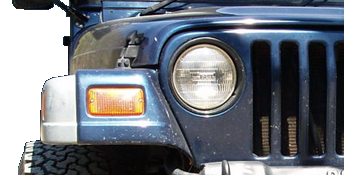marty79
Well-Known Member
- Joined
- Nov 24, 2013
- Location
- Newton, NC
Hot wired motor, works fine both ways. Solenoid only clicks. Cleaned everything really good still nothing.
The Yell and BLK wires going to motor both have constant 12+ ??? Is this right or ...
Just trying to figure out if I crossed a wire or not. Thank you


Right now the top most post in picture with little red wire is 12+ feed. Thanks for any help
The Yell and BLK wires going to motor both have constant 12+ ??? Is this right or ...
Just trying to figure out if I crossed a wire or not. Thank you
Right now the top most post in picture with little red wire is 12+ feed. Thanks for any help





 You've probably only played with permanent magnet winches, which are usually only a two terminal design and reverse power and ground connections to change motor direction.
You've probably only played with permanent magnet winches, which are usually only a two terminal design and reverse power and ground connections to change motor direction.